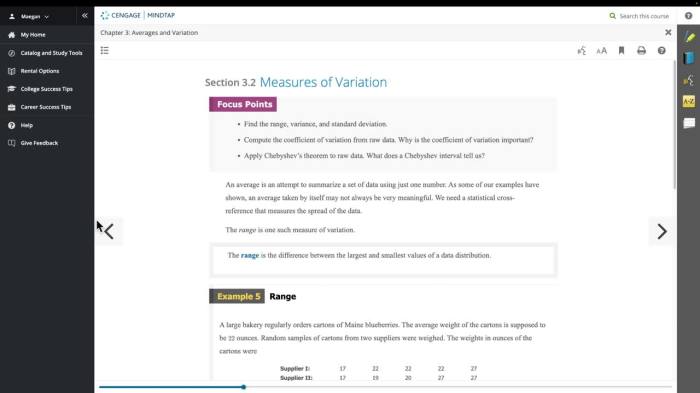Embark on a comprehensive journey into the realm of statistics with “Understanding Basic Statistics 8th Edition PDF.” This invaluable resource unlocks the fundamentals of statistical concepts, equipping you with the knowledge and skills to effectively analyze and interpret data in diverse fields.
From unraveling the intricacies of probability distributions to mastering the art of hypothesis testing, this guide empowers you to make informed decisions based on sound statistical principles. Dive into the captivating world of correlation and regression, where you’ll uncover the secrets of discerning patterns and relationships within data.
Understanding Basic Statistics Concepts: Understanding Basic Statistics 8th Edition Pdf

Understanding basic statistics is essential for analyzing and interpreting data in various fields. Statistical concepts provide a framework for describing and summarizing data, drawing inferences, and making informed decisions.
Key statistical terms include population (the entire group of interest), sample (a subset of the population), mean (average value), median (middle value), and mode (most frequently occurring value). These concepts help describe the central tendency and spread of data.
Understanding basic statistics enables researchers and practitioners to make sense of complex data, identify trends and patterns, and draw meaningful conclusions.
Probability and Distributions, Understanding basic statistics 8th edition pdf
Probability quantifies the likelihood of an event occurring. Probability distributions describe the possible values of a random variable and their associated probabilities.
Common probability distributions include the binomial distribution (for binary outcomes), the normal distribution (for continuous variables), and the Poisson distribution (for discrete events). These distributions help model real-world phenomena, such as coin flips, measurement errors, and arrival times.
Hypothesis Testing
Hypothesis testing is a statistical method for evaluating the validity of a claim or hypothesis. It involves formulating a null hypothesis (the claim to be tested) and an alternative hypothesis (the claim that contradicts the null hypothesis).
Steps in hypothesis testing include data collection, hypothesis formulation, statistical test selection, data analysis, and conclusion. Different types of hypothesis tests exist, such as one-sample tests (comparing a sample to a known value) and two-sample tests (comparing two samples).
Correlation and Regression
Correlation measures the strength and direction of the relationship between two variables. Regression models the relationship between a dependent variable and one or more independent variables.
Correlation types include positive correlation (variables move in the same direction), negative correlation (variables move in opposite directions), and no correlation (no relationship). Regression models include linear regression (straight-line relationship) and logistic regression (binary outcome).
Data Analysis and Interpretation
Data analysis involves exploring, summarizing, and presenting data to uncover patterns and trends. Statistical techniques for data analysis include descriptive statistics (e.g., mean, median, standard deviation), data visualization (e.g., graphs, charts), and statistical tests (e.g., hypothesis testing, regression analysis).
Interpretation of data involves drawing meaningful conclusions from the analysis results. This includes considering the context of the data, potential biases, and the limitations of the analysis.
Statistical Software and Tools
Statistical software packages, such as SPSS and R, provide a comprehensive set of tools for data analysis. These software enable researchers to import data, perform statistical tests, create visualizations, and manage large datasets.
Statistical software can enhance data analysis by automating tasks, providing advanced statistical methods, and offering graphical user interfaces for ease of use.
Ethical Considerations in Statistics
Ethical considerations are paramount in statistical research. These include data privacy, confidentiality, informed consent, and avoiding bias. Researchers must ensure that data is collected and analyzed in a responsible and ethical manner.
Ethical considerations also extend to the interpretation and dissemination of statistical results. Researchers have an obligation to present findings accurately and without bias, and to consider the potential impact of their findings on individuals and society.
Essential Questionnaire
What are the key concepts covered in “Understanding Basic Statistics 8th Edition PDF”?
This guide encompasses fundamental statistical terms, probability distributions, hypothesis testing, correlation and regression, data analysis techniques, and ethical considerations in statistics.
How can I apply the concepts learned from this guide in real-world scenarios?
The practical examples and applications provided throughout the guide equip you to analyze data, make informed decisions, and solve problems in various fields, including research, business, and healthcare.